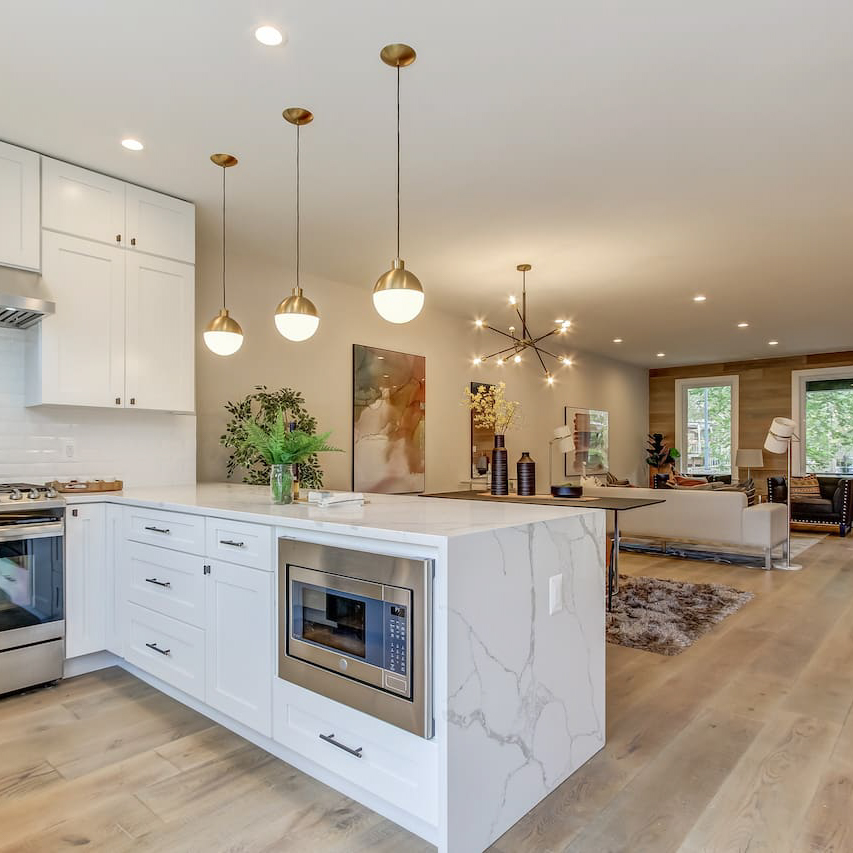Introduction
Glass has been used as a material for decoration and art for thousands of years. From stained glass windows to glassblown ornaments, its unique and versatile properties have made it a popular choice for artists and craftsmen. One area of glass artistry that has become increasingly popular in recent years is the creation of lamp glass. In this article, we will explore the history, techniques, and uses of lamp glass in today’s society.
A Brief History of Lamp Glass
Lamp glass has been created since the early days of glassblowing. The technique involves manipulating molten glass and blowing it into a mold to create a hollow shape. Originally, lamp glass was used to create oil lamps, which were an important source of light before electric lighting was invented.
Lamp glass was also popular in the Victorian era, particularly in Europe, where it was used to create intricate and decorative chandeliers. During the Art Nouveau movement of the late 19th and early 20th centuries, lamp glass became even more popular, as artists explored new designs and techniques.
Today, lamp glass is still widely used, particularly in modern lighting fixtures. It can be found in a variety of shapes, sizes, and colors, and is a popular choice for both residential and commercial lighting.
The Techniques of Lamp Glassblowing
Creating lamp glass involves a combination of artistry and science. Glassblowers use a special kind of glass called soda-lime glass, which is made from sand, soda ash, and limestone. The ingredients are heated to around 1700°C (3092°F), and then cooled to create a molten glass.
The glassblower then uses a blowpipe to gather a blob of molten glass, and begins to shape it by blowing air into the pipe. The glass is then manipulated using special tools to create a specific shape or design. Depending on the desired outcome, the glass may then be annealed, or slowly cooled to relieve internal stresses, to ensure that it is strong and durable.
Different techniques can be used to create different effects in lamp glass. For example, adding different colors to the glass mix can create a range of hues and tones. Similarly, using a technique called fusing, where multiple pieces of glass are heated and then combined, can create intricate designs and patterns.
Uses of Lamp Glass
Lamp glass is most commonly used in the creation of lighting fixtures. Whether it is a modern, minimalist design or an ornate chandelier, lamp glass is a versatile material that can be used in a variety of applications. Its ability to diffuse light and create patterns and shades makes it a popular choice for designers and architects.
Beyond lighting, lamp glass is also used in the creation of decorative items such as vases, bowls, and figurines. Its malleable nature means that it can be shaped in almost any way, allowing artists and craftsmen to create unique and intricate pieces.
